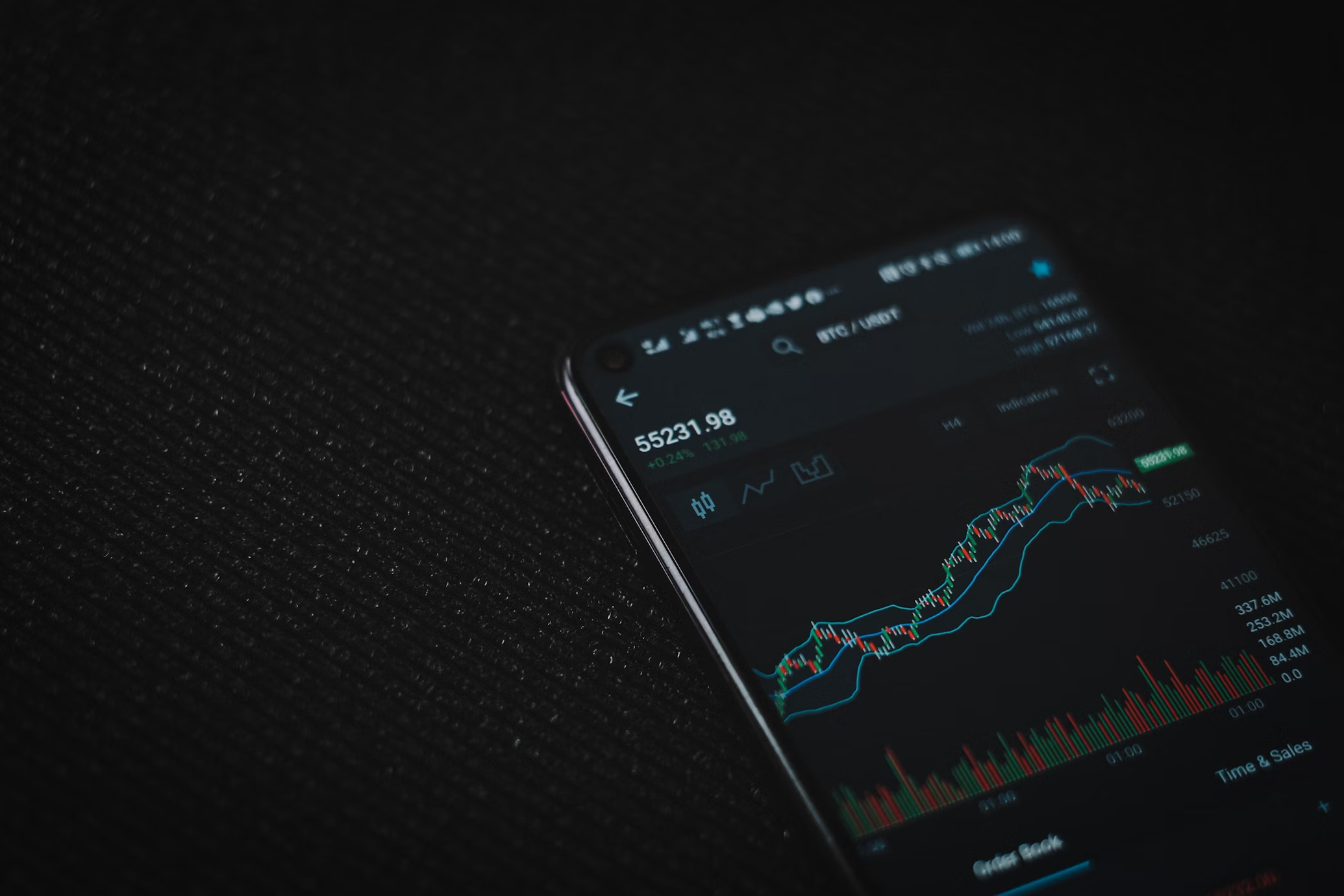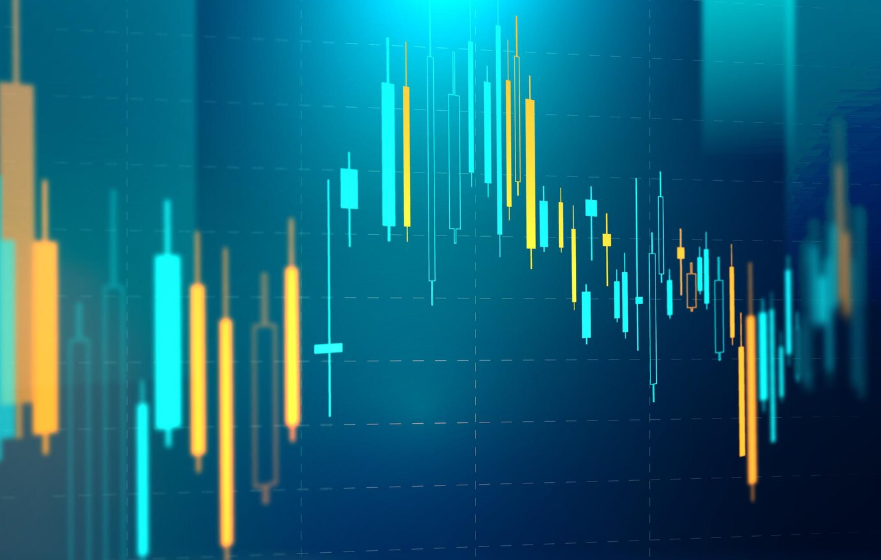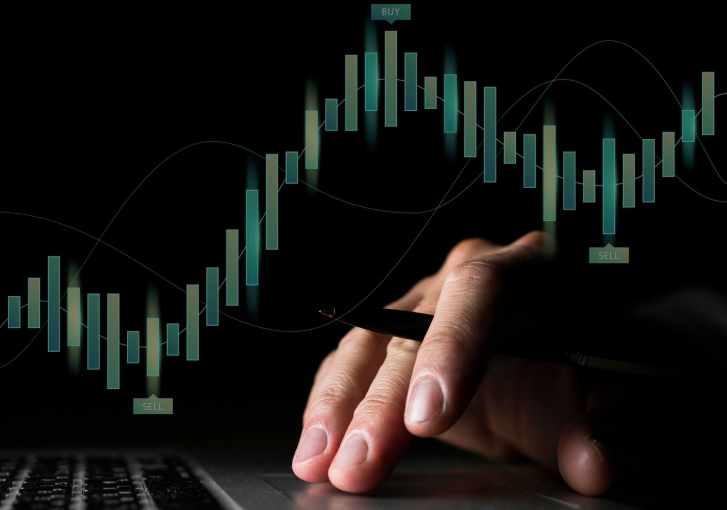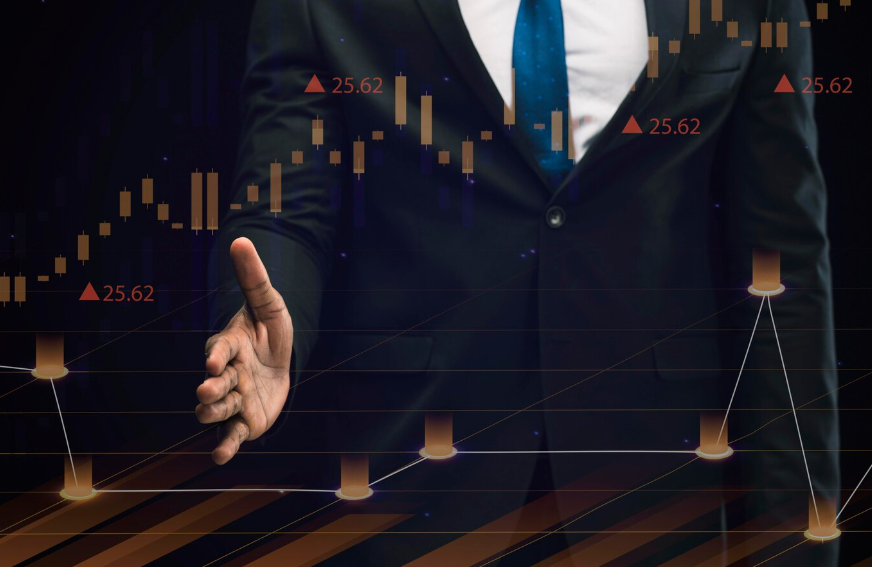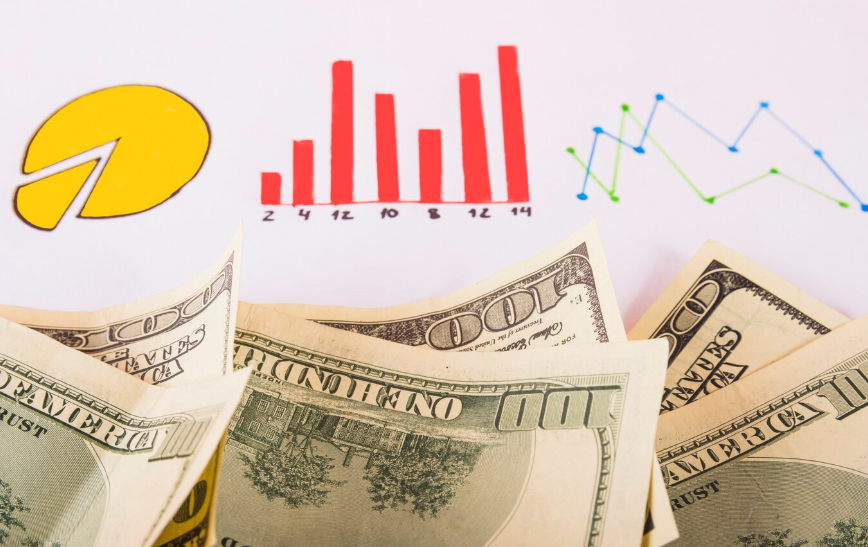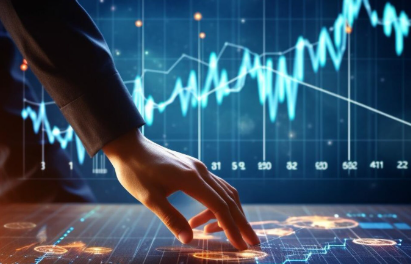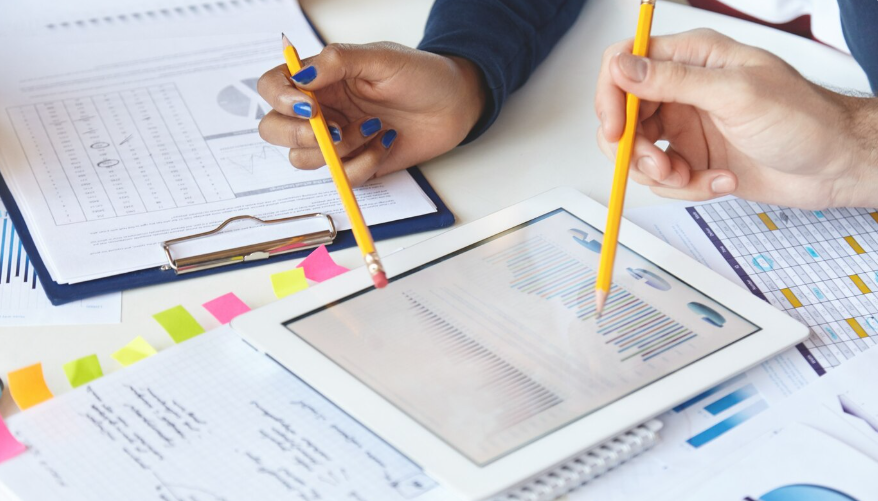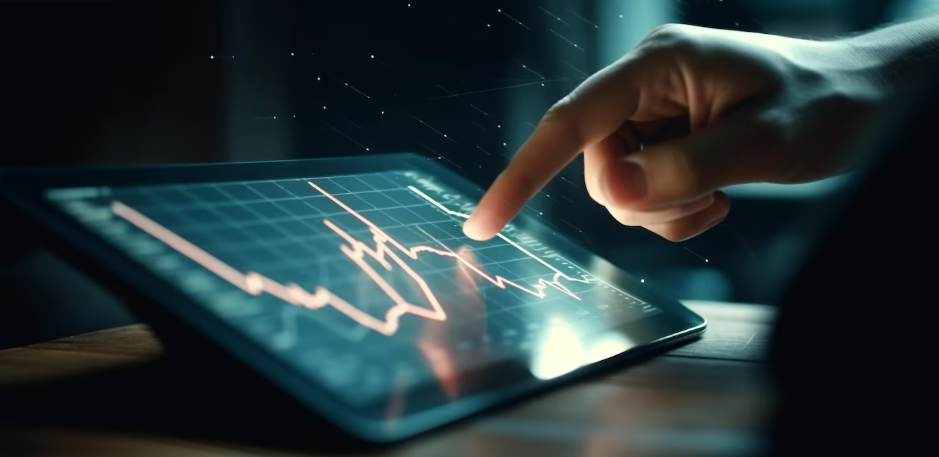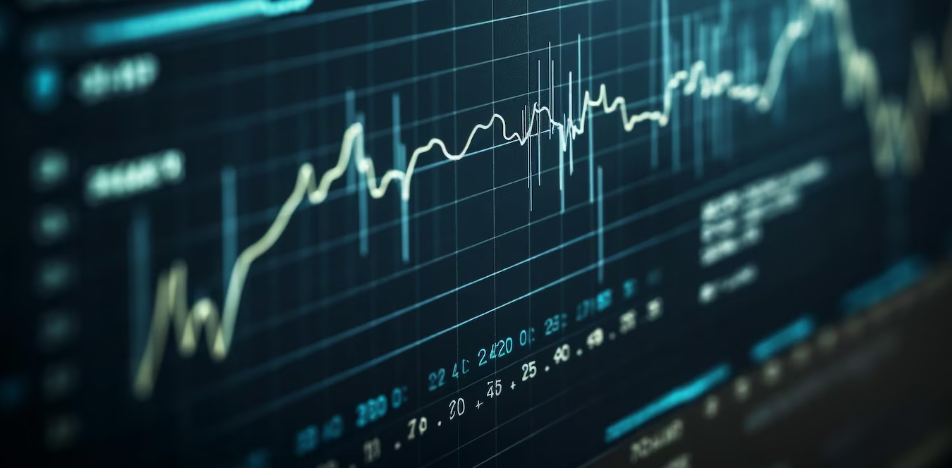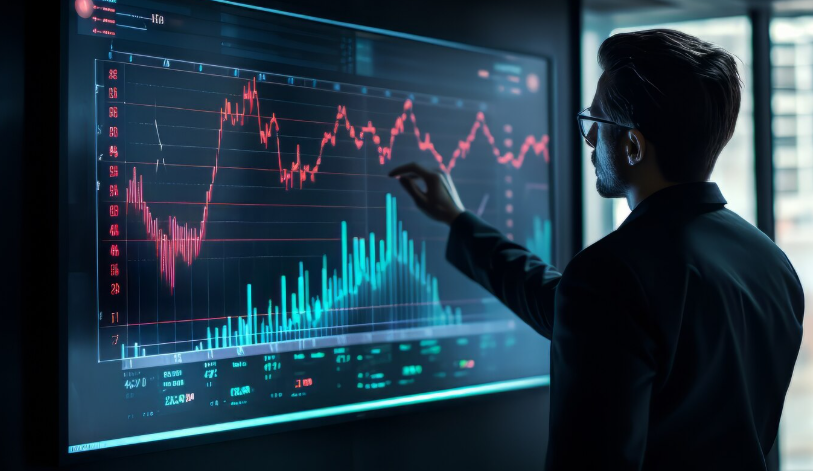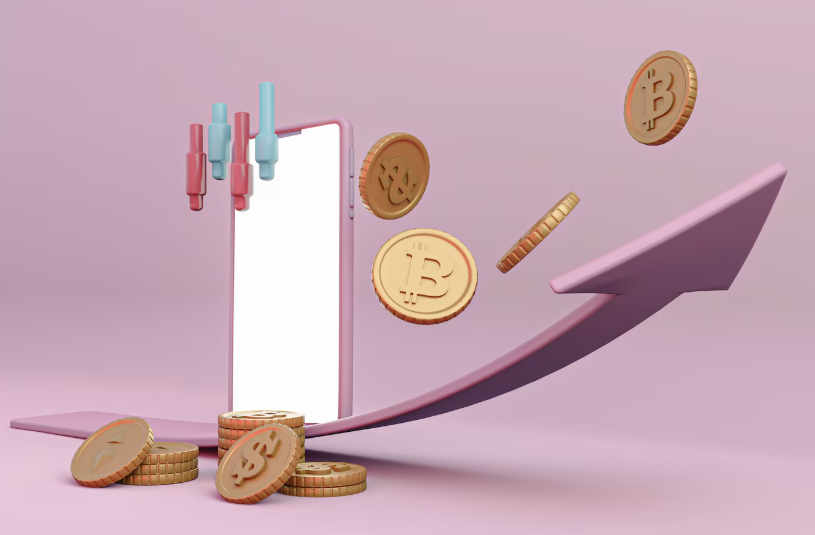The rise of Artificial Intelligence, particularly generative AI, has sparked intense debate in creative industries. Is AI a job stealer? A shortcut to mediocrity? Or something far more profound: a genuine creative partner? In 2025, the answer is increasingly leaning towards the latter, as artists, writers, musicians, and designers are discovering that AI isn’t just a tool, it’s a collaborator that can unlock new frontiers of creativity.
The idea of a machine contributing to art might sound like science fiction, but the reality is that human-AI co-creation is becoming a tangible and powerful force.
Beyond Automation: The Shift to Augmentation
Initially, many saw AI’s role in creative fields as purely automating tedious tasks – think auto-generating captions or basic ad copy. While AI certainly excels at efficiency, its true potential lies in augmentation. It’s not about AI replacing the human, but about AI expanding the human’s creative capabilities.
- Ideation Catalyst: Stuck on a plot twist? Need a fresh melody? AI can act as an endless brainstorming partner, generating ideas, variations, and unexpected connections that a human might never conceive alone. Writers using AI tools have reported significant jumps in originality.
- Skill Democratization: AI tools are empowering individuals without deep technical or artistic skills to participate in creation. Someone with a compelling story but no drawing ability can use AI image generators to visualize their characters. A budding musician without formal training can use AI to compose and arrange complex pieces.
- Rapid Prototyping and Iteration: AI allows creators to rapidly prototype ideas, visualize concepts, and iterate on designs at unprecedented speed. This frees up time from manual “grunt work,” allowing more focus on refining the emotional depth, strategic impact, and unique vision of a project.
Real-World Examples of Human-AI Synergy in 2025
The evidence of this co-creative partnership is already abundant across various fields:
- Visual Arts: Artists are using AI models like Stable Diffusion, Midjourney, and Adobe Firefly not to replace their brushes, but to generate initial concepts, explore new aesthetics, or create hyper-realistic backgrounds. The human artist then refines, curates, and infuses the AI-generated elements with their unique style and emotional nuance. We see AI-generated art being exhibited and even sold at high prices, but the most compelling works often involve significant human curation and artistic direction.
- Music Production: AI is assisting composers and producers by generating melodies, chord progressions, and even full instrumental tracks based on specific moods or genres. Tools like Suno and Google’s Magenta offer accessible ways to create music. Artists like Taryn Southern have co-created entire albums with AI, using it to break creative blocks and experiment with new sounds, proving that AI can amplify a musician’s vision without diminishing their soul.
- Writing and Storytelling: Large Language Models (LLMs) are assisting writers with everything from brainstorming plot outlines and character backstories to generating dialogue and refining prose. Platforms like ChatGPT and Sudowrite are used as sounding boards, helping writers explore different narrative paths or overcome writer’s block. The human writer retains control, steering the AI’s output and injecting the unique voice, emotional intelligence, and cultural insight that only a human can provide.
- Design and Marketing: Brands are leveraging AI to generate endless product image variations, create dynamic and responsive brand identities, and even simulate customer responses to marketing campaigns. This allows creatives to allocate more time to strategic thinking and storytelling, rather than repetitive operational tasks.
Ethical Considerations: Navigating the New Frontier
Of course, this exciting evolution comes with critical ethical considerations that must be actively addressed:
- Intellectual Property and Ownership: Who owns the copyright when an AI is involved in creation, especially when trained on vast datasets of existing human-made works? New legal frameworks are being developed to clarify these complex issues.
- Bias and Authenticity: AI models can perpetuate biases present in their training data. Ensuring fairness, transparency, and accountability in AI systems is crucial to prevent harm and maintain trust.
- Job Displacement vs. Skill Evolution: While some routine creative tasks may be automated, the demand for human skills like empathy, critical thinking, originality, and the ability to prompt and curate AI effectively is growing. The creative workforce must adapt and acquire hybrid skill sets.
The Future is Collaborative
In 2025, it’s clear that AI is not just a tool; it’s rapidly becoming a valuable creative partner. The most compelling work in the future will likely emerge from the synergy between human ingenuity and artificial intelligence. AI stretches the canvas, providing new textures, colors, and forms, but it is ultimately the human artist who defines the vision, infuses the meaning, and connects with the audience on an emotional level. The future of creativity is not human or machine, but human and machine, working together to push the boundaries of what’s possible.

